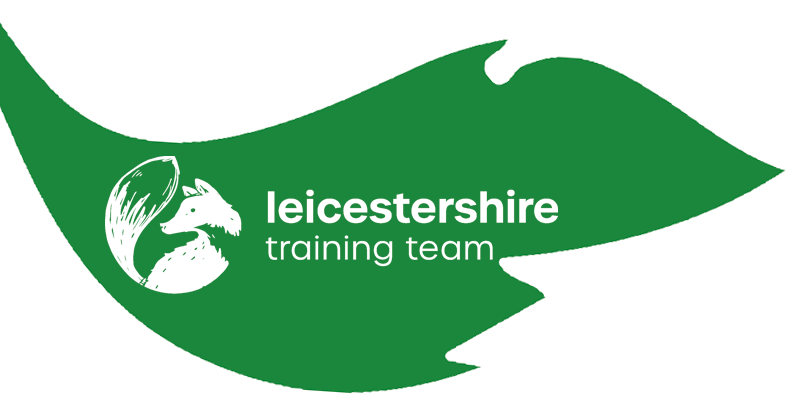Strokes are a common and serious medical event that can result in a major change to the quality of life of those who experience them. Given that roughly 1-in-5 people will experience a stroke at some point in their life, stroke training is an essential skill for care and support workers and healthcare team members to pick up.
Here, we’re going to look at some of the forms of stroke training that you can seek out, as well as different elements of stroke training that you should be more aware of, as well as how the Leicestershire Training Team can help.
Stroke Training
The purpose of stroke training is to ensure that the relevant professionals and caregivers in a situation where a stroke occurs understand the condition, the impact it can have, and the care that should be provided to ensure the best possible outcomes. Fast, effective support can have a major impact on both survival rates and quality of life following a stroke. Stroke training specifically teaches about the kind of support that should be given.
Stroke Awareness Training
There is also stroke awareness training, which is designed to teach course recipients to be better able to recognise the signs that someone may have had a stroke (such as using the BEFAST acronym (Balance, Eyes, Face, Arm, Speech, Time) to identify when to provide care), as well as challenges faced by stroke survivors, types of strokes, and how to approach stroke survivors to offer them the best assistance possible.
Stroke Prevention
Stroke training and stroke awareness training will routinely cover the subject of prevention, as well. There are several guidelines published by the NHS on how the chances of strokes can be mitigated, including the following:
Maintaining a healthy, low-fat, high-fibre diet with fresh fruit, vegetables, and whole grains
Regular exercise, 150 minutes for most people every week
Avoiding smoking, which narrows the arteries and increases the chances of a blood clot
Avoiding drinking, which can cause high blood pressure and can trigger irregular heartbeats, both stroke risk factors
Diagnosing and treating underlying conditions, such as atrial fibrillation, high blood pressure, high cholesterol, and both type 1 and type 2 diabetes
Stroke Recovery
As mentioned, the outcome of stroke recovery for most individuals will be influenced by the quality and speed of care provided in the immediate aftermath of a stroke. However, that recovery goes on for the days, weeks, and sometimes months following a stroke. Stroke training can involve learning more about how to assess levels of stroke recovery, the various aspects of rehabilitation therapy, and the range of long-term effects that stroke survivors can live with, even when the recovery process is complete.
Every stroke is different, so there is no distinct pattern from one survivor to the next, but learning about stroke recovery can help outline steps forward after the immediate crisis is over.
Complete your stroke training with The Leicestershire Training Team
The Leicestershire Training Team provide a wide range of medical and care training services for health and social workers, registered nurses, firefighters, and more, including stroke training and stroke awareness training. Take a closer look at the website to learn more about the different courses available.



